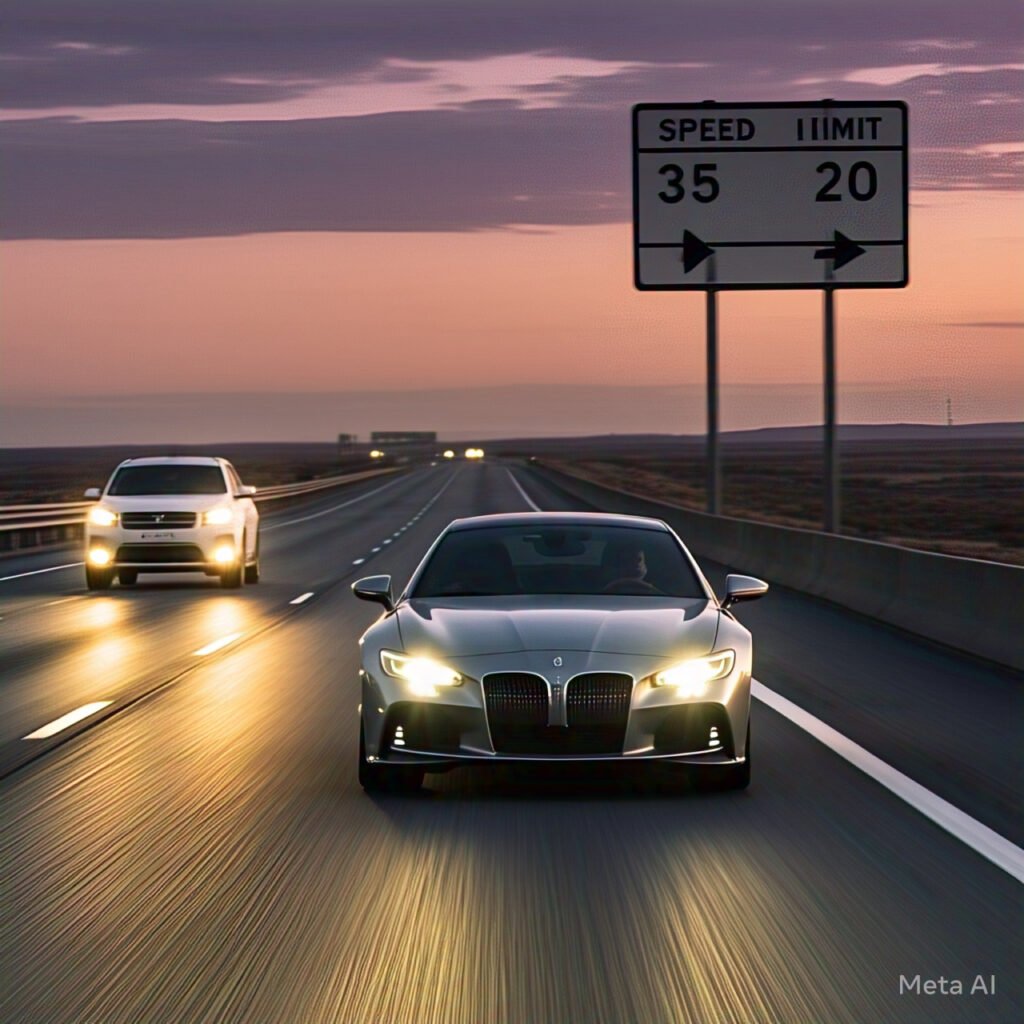Adaptive Cruise Control: AI on the Move and the Driving Future
The automotive sector has seen amazing developments in the last few years, with Adaptive Cruise Control (ACC) being one of the most impressive innovations. Adaptive Cruise Control is a smart system that does not only keep the set speed of a car but also varies the speed to keep a comfortable distance from other cars on the road. This AI-powered technology is revolutionizing the driving process by increasing safety, ease of use, and fuel efficiency. Here, we will examine how Adaptive Cruise Control works, its advantages, and how AI is helping drive more efficiently and securely.

What is Adaptive Cruise Control (ACC)
Conventional cruise control enables a car to travel at a predetermined speed selected by the driver. But it does not allow the driver to change speed automatically in response to varying traffic conditions. Adaptive Cruise Control, which is an advanced form of this system, employs AI and sensors, cameras, radar, and machine learning algorithms along with AI to sense the environment around the vehicle, such as other cars, pedestrians, and obstacles. From the information it is provided, the system is able to modify the speed of the car so that it is kept at a safe distance behind the leading cars, reducing driving stress, particularly during heavy traffic or long highway drives.
How Does AI Drive Adaptive Cruise Control?
AI is the most important element making Adaptive Cruise Control not only effective but also intelligent. The system is based on several sensors including radar and cameras placed on different parts of the vehicle.
Major Advantages of AI-Based Adaptive Cruise Control
1. Increased Safety: The biggest benefit of Adaptive Cruise Control is that it can minimize human error, the main reason for road accidents.
2.ACC minimizes the necessity of frequent acceleration and braking, enabling drivers to relax and concentrate on other driving aspects.Therefore, ACC enables drivers to save fuel and lower carbon emissions.
3.Traffic Convenience: ACC’s capacity to keep a safe distance from the leading vehicle and slow down or speed up accordingly is particularly useful in heavy traffic. In certain situations, sophisticated systems can manage complete stop-and-go traffic, slowing the vehicle down to a halt and then accelerating when traffic begins to move again.
The Integration of AI and Autonomous Driving
As AI improves, these systems will themselves become more intelligent and capable of coping with more complicated driving conditions.
For example, AI-based ACC-enabled vehicles can in the future connect with other cars and traffic systems, making for a more linked and efficient road network.
Limitations and Challenges
Such environmental conditions can lower the system’s performance in detecting obstacles or vehicles accurately. Additionally, ACC systems are generally optimized for highway or open-road driving and might not be as effective in complex urban traffic, where abrupt stops, turns, and traffic condition changes are more frequent.
Future systems will be better able to predict traffic conditions and make decisions in real-time to improve safety and efficiency. For example, AI can anticipate traffic light timing and vary speed to make fewer stops and starts. Furthermore, as part of the wider trend toward self-driving cars, ACC will feed into other systems to allow capabilities such as lane changes and autonomous driving.



